-
SpaceX successfully launched the world’s longest and most powerful rocket into space for the first time.
-
However, Starship lost communication with SpaceX while re-entering to land in the Indian Ocean.
-
NASA wants Starship to land astronauts on the moon. Elon Musk wants to build a city on Mars.
SpaceX’s Starship megarocket finally roared through the skies Thursday morning, passing through the stratosphere and into space.
It was a spectacular finale to years of secret development, explosive test flights and regulatory hurdles. With the launch, SpaceX proved that it can not only build the tallest and most powerful rocket in the world, but also fly it beyond this world.
However, during Starship’s return to Earth, communication with SpaceX was lost, and the company soon announced that the rocket was lost.
It is possible that the spacecraft was severely damaged or disintegrated by the extreme temperatures created by its fall through the atmosphere while traveling at approximately five times the speed of sound.
Regardless, Thursday’s launch is a big win for the company.
“This is failure at best,” says Eric Berger, Ars Technica’s senior space editor. said in x. “One of SpaceX’s secret strategies is to accept failure as a means to an end.”
Elon Musk’s plans to settle Mars depend not only on Starship’s unprecedented power but also on its ability to be completely reusable.
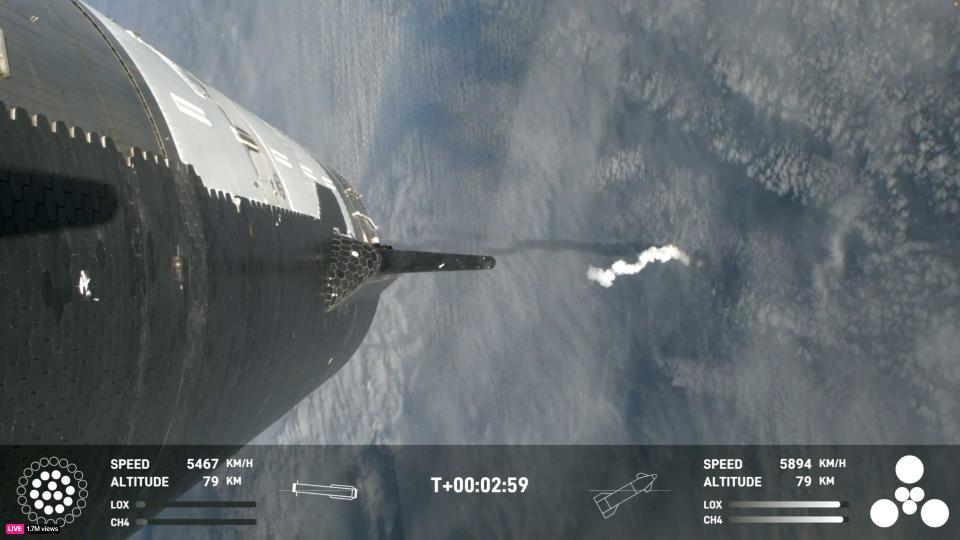

In 2002, Musk founded SpaceX with the goal of making spaceflight cheap enough to establish a permanent human settlement on the red planet. This is the rocket that needs to make it happen.
Musk is also counting on Starship to help cover Earth with high-speed Starlink satellite internet; NASA, meanwhile, is relying on the megarocket to return astronauts to the moon for the first time in more than 50 years.
Starship has finally proven that it can handle its monumental missions.
Starship’s historic flight to orbital heights
A crowd of SpaceX employees cheered, clapped and counted down the clock as Starship stood taller than the Statue of Liberty atop its stainless steel Super Heavy booster at the company’s new orbital launch pad in South Texas.
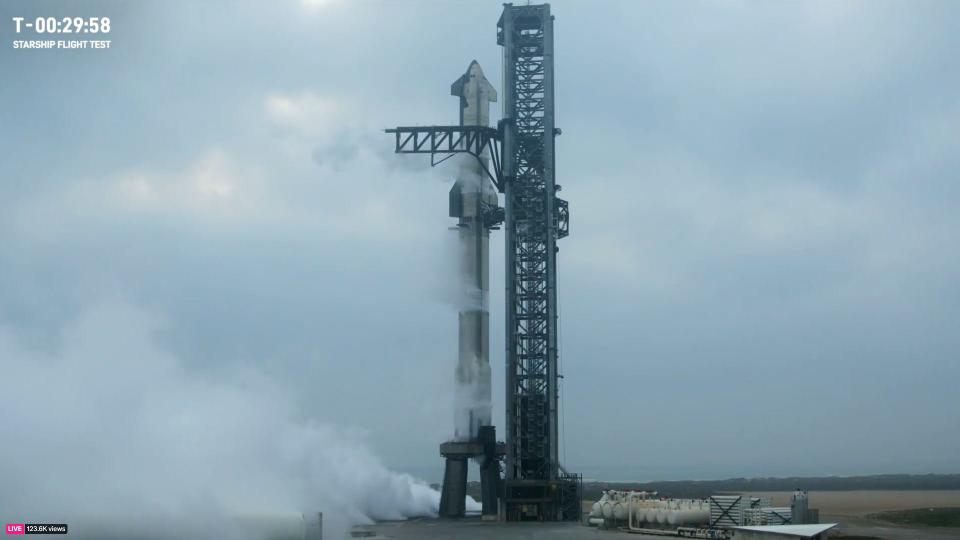

At approximately 8:25 CT, the booster’s array of 33 Raptor engines came to life, blasting the steel-reinforced launch pad with up to 16 million pounds of thrust to propel the rocket past the launch tower and through the sunrise-colored sky above.
Starship became famous for its explosions. Several early prototypes of the spacecraft exploded during previous test flights. The rocket’s first two attempts in orbit also exploded in mid-air in April and November last year.
“Most of the innovations we developed came from our failures,” SpaceX operations engineer Siva Bharadvaj said during the launch livestream.
The third time’s the charm. Starship, launched on Thursday, became the first ship to reach orbital altitudes.
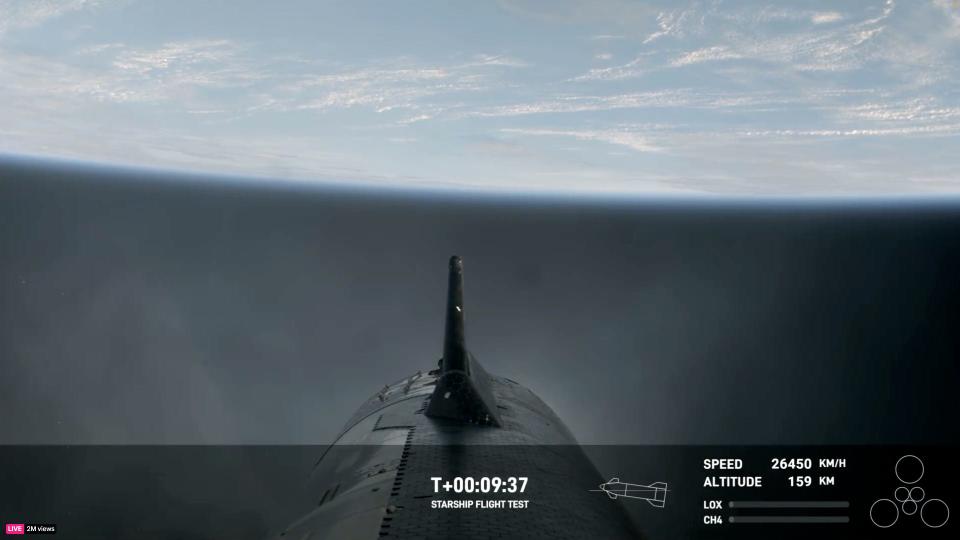

About three minutes after liftoff, Starship ignited its engines and separated from its Super Heavy booster in a risky maneuver called hot staging. Starship continued to climb skyward as the booster fell back to Earth, then shut down its engines to glide through space.
“Wow, what a liftoff, what a warm scene, what an amazing sight to see Starship in space,” Dan Huot, SpaceX’s communications manager, said during the company’s live broadcast.
The Starship spent about an hour in orbit above the Earth. It then fell back toward Earth during a violent fall through the thickness of the atmosphere.
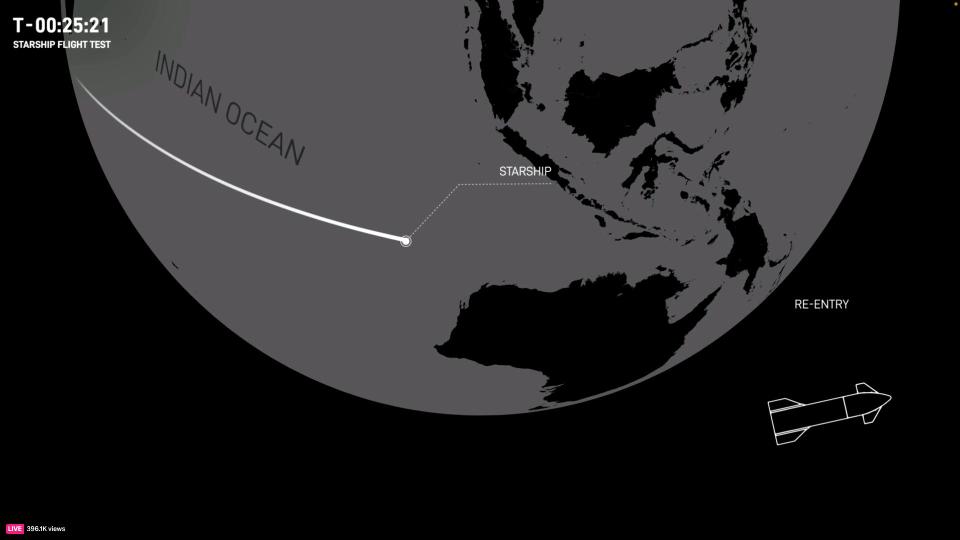

It reached a top speed of over 25,500 miles per hour, then lost communications shortly thereafter at about 40 miles above the surface.
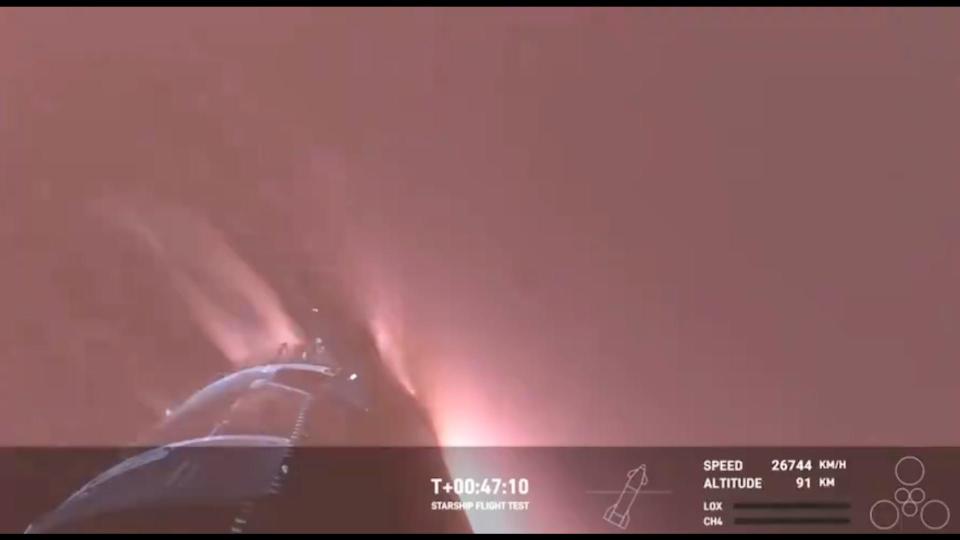

Shortly after the communications outage, SpaceX announced that Starship was lost.
Starship is the largest and most powerful rocket ever built
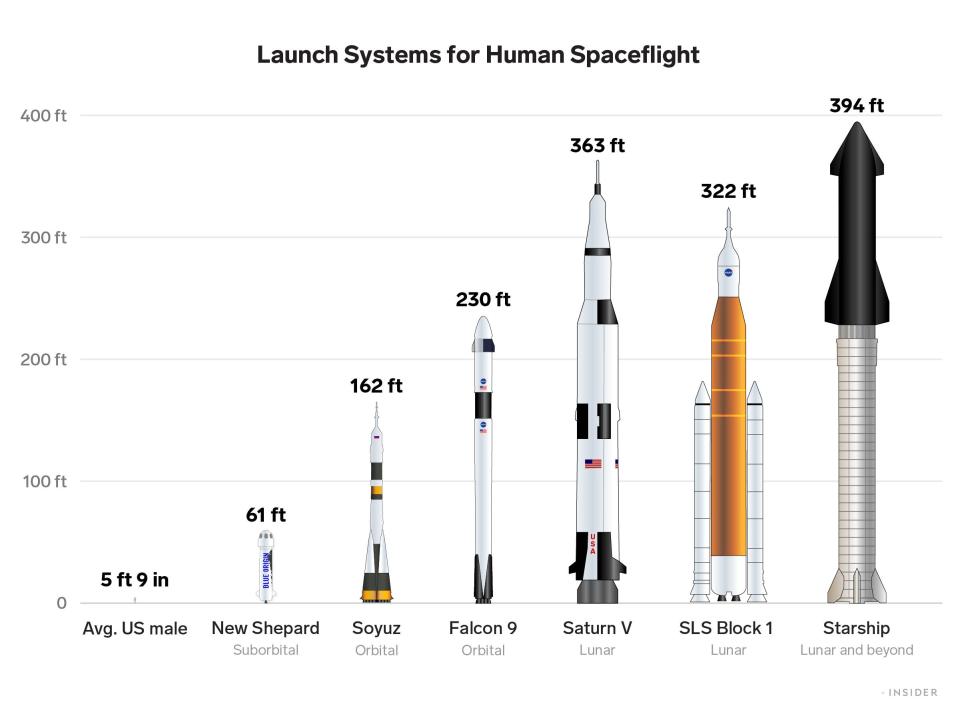

The tallest rockets to this point were NASA’s Saturn V, which launched the Apollo missions, and the Space Launch System, which the agency developed to return astronauts to the moon.
According to SpaceX, Starship is expected to be able to carry up to 150 metric tons (165 tons) of payload into space when fully operational. This amount increases to 250 metric tons (275 tons) if you forgo reusability and discard the spacecraft when the mission is completed.
To put this in perspective, the most powerful operational rocket currently is SpaceX’s Falcon Heavy, which carries up to 70 tons of payload into low Earth orbit.
Starship and Super Heavy are designed to be completely reusable


Starship-Super Heavy is designed to be the world’s first fully reusable launch system. Eventually, Starship and its thruster should be able to start their engines as they fall to Earth, landing themselves upright on solid ground or ocean barges so they can fly again another day.
But this technological breakthrough will have to wait.
During Thursday’s flight, SpaceX did not test these fully reusable capabilities. The booster splashed into the water and Starship lost communication with SpaceX, so it’s unclear whether it reached the Indian Ocean or exploded during reentry.
Reusability is integral to SpaceX’s mission to reduce the cost of spaceflight.
The company has already achieved partial reusability with its Falcon 9 and Falcon Heavy thrusters, which land safely back on Earth after launching payloads into orbit. However, their upper stages are thrown away after launch.
Landing both rocket stages safely on Earth to fly again is a new level of engineering complexity that has never been done before, Musk told a Morgan Stanley conference in March 2023. If SpaceX is successful, it will change commercial spaceflight forever.
“It will probably take a few more years before we achieve full and rapid reusability,” Musk said at the time, adding that reusability was “the profound breakthrough needed to spread life beyond Earth.”
Starship has already demonstrated the ability to launch and land itself for reuse; It’s a feat you can see for yourself in the video below.
Starship could bring NASA back to the moon
The starship reaching orbit is also an important step on the way back to the moon.
Although NASA’s SLS rocket will be its workhorse for the new Artemis lunar program, the agency has enough confidence in SpaceX to tag Starship for a key part of its upcoming missions: returning astronauts to the lunar surface.
The agency awarded SpaceX $4 billion to turn the spacecraft into a reliable lunar lander.
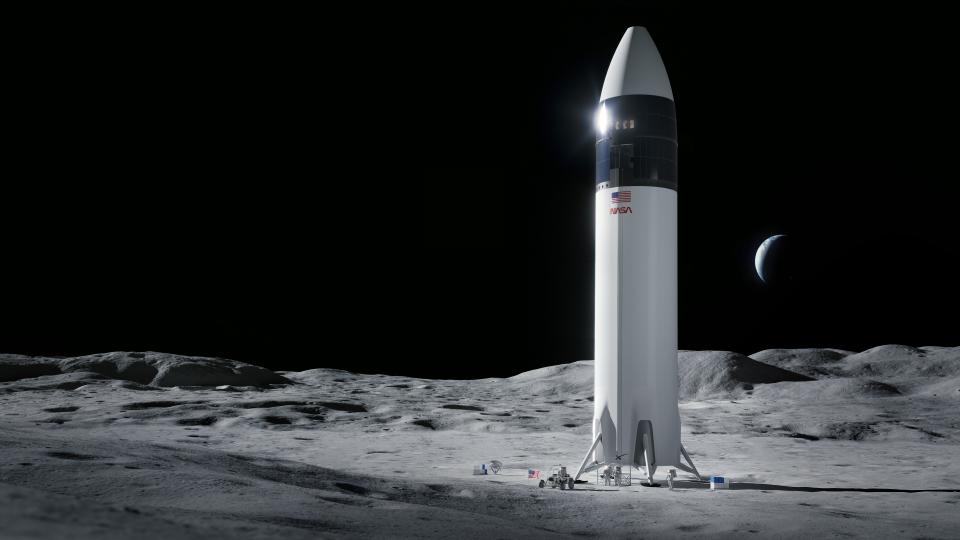

SLS is supposed to take astronauts into lunar orbit, but Starship is NASA’s chosen vehicle to carry humans to the lunar surface for the first time since 1972. This mission, called Artemis III, could happen this decade.
Starship could then support NASA in building a permanent base on the moon.
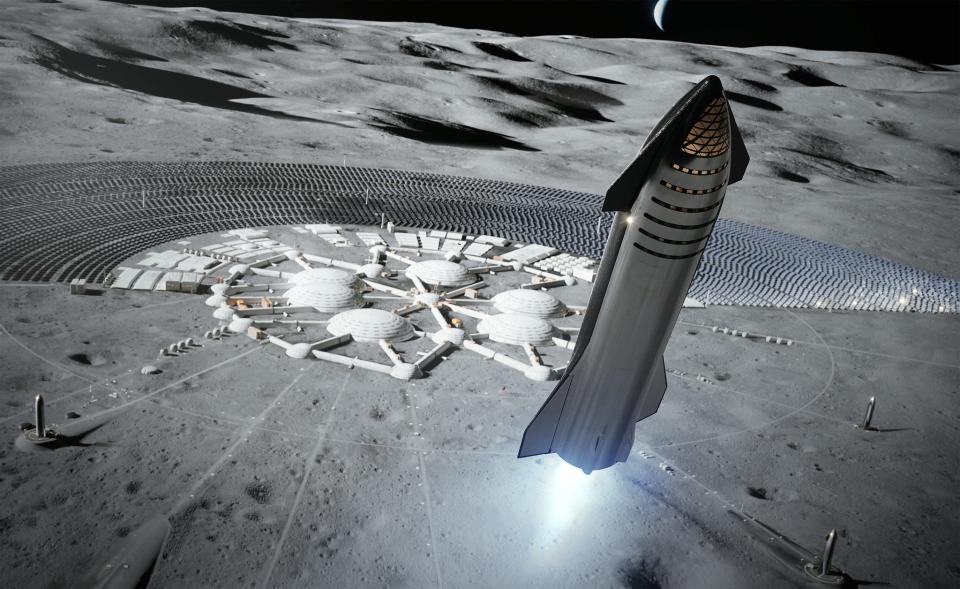

Musk’s ultimate goal is much bigger: The billionaire has said he aims to eventually build 1,000 Starships to fly 100,000 people a year to Mars, build a city there, and make humans a multi-planetary species.
SpaceX has high hopes for Starship
Musk expects Starship’s fully reusable nature to translate into huge savings and faster turnarounds between launches, as SpaceX can reuse its rockets rather than having to rebuild them with each launch.
SpaceX also hopes to use Starship to carry giant satellite stacks into orbit. Musk said the giant rocket could perform point-to-point transportation on Earth and carry passengers anywhere on the planet in an hour or less.
The company has another unique plan to fly the largest payloads in history into deep space.
For maximum efficiency, the company aims to build “tanker” ships that can refuel a Mars-bound Starship in Earth orbit, replenishing the massive amounts of fuel the rocket must burn to get beyond the atmosphere.
According to SpaceX, this will allow the spacecraft to carry up to 100 tons more cargo to Mars.
By comparison, the fleet of Saturn Vs, the rockets that launched the Apollo missions, could send 130 tons into Earth orbit and only 50 tons to the Moon. NASA’s new moon rocket SLS will be able to send 46 tons to orbits beyond the moon.
The hope is that Starship’s massive capacity will allow SpaceX to carry all the materials needed to build and then populate a settlement on the red planet. According to SpaceX, a Starship will be able to carry 100 people to Mars.
SpaceX’s tankers (essentially windowless, fuel-filled Starships) can also be reused.
All this efficiency and power will be necessary to make Musk’s fantastic Mars dreams financially achievable.
Read the original article on Business Insider